RAID array of two SSDs: does it make sense?
We independently test the products and technologies that we recommend.

Array to array discord
What is RAID? These are several drives connected by hardware or software to interact with each other. Depending on the type of array, disks can be a mirror image of each other to increase reliability, or work in parallel, alternately writing part of the information to one, then to the second to improve performance.
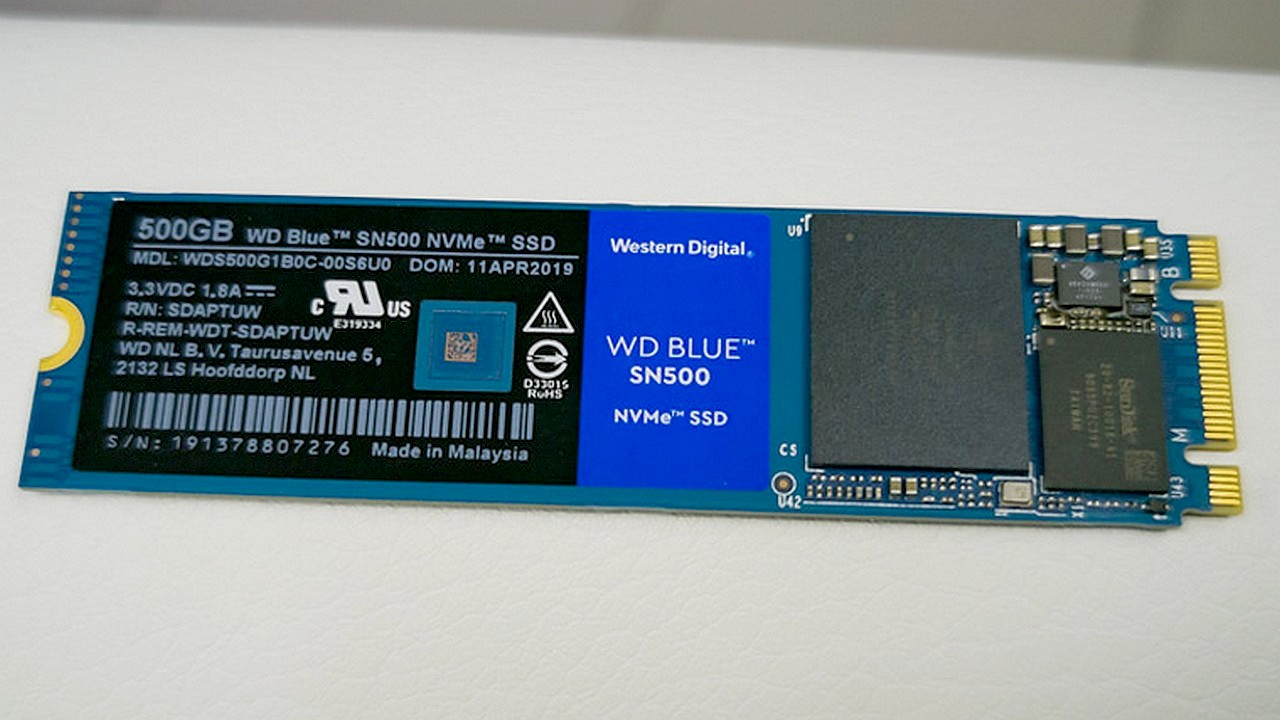 |
The most widespread are RAID arrays of two disks, namely: fast RAID 0 and mirrored RAID 1. The first increases the speed, but reduces the reliability of the system, because when one of the disks fails, the second half of the information becomes unreadable. The second one, on the contrary, increases reliability at the cost of reducing the final volume — only one of the two disks turns out at the usual speed. But the breakdown of one of the composite disks will not affect the integrity of the data in any way, because the second one will have a full backup.
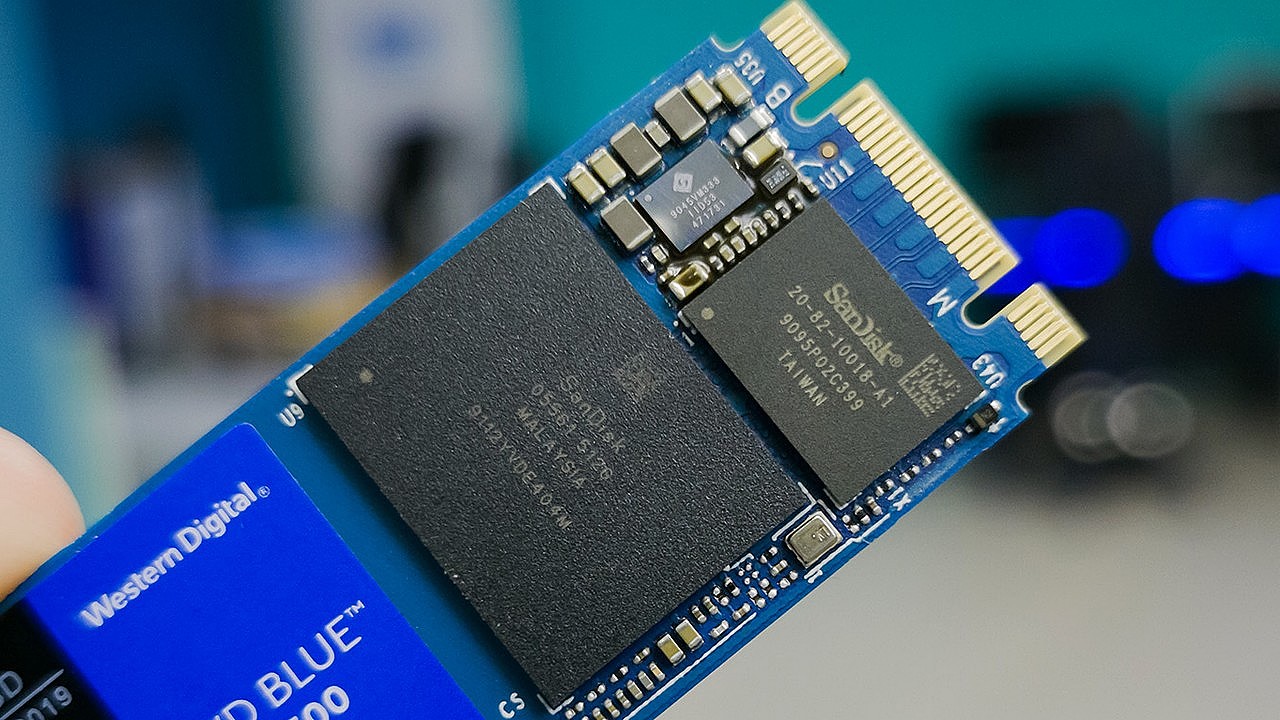 |
There are also rarer types of arrays, such as RAID 2, which requires at least three disks, and RAID 3 of seven or more disks. The task of such arrays is a specific backup, for example, only the most recent files.
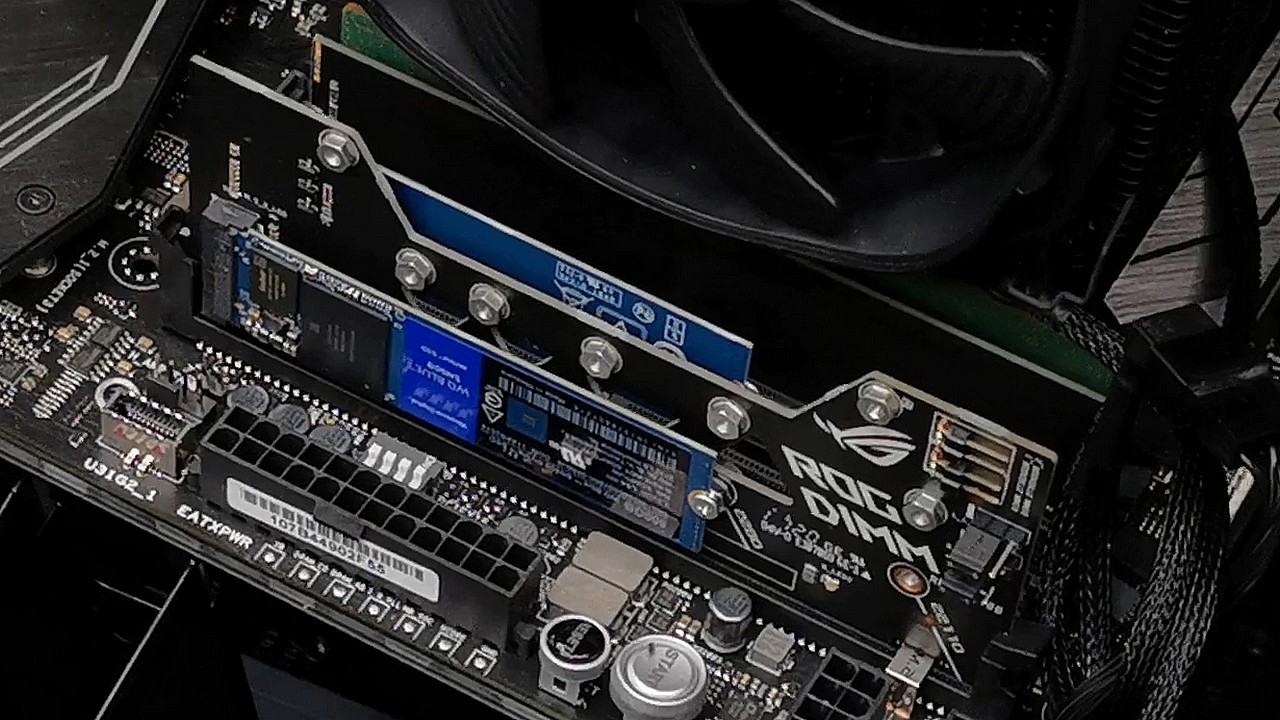 |
There are also RAID 10 — a fast array consisting of mirror arrays, and RAID 01 — the exact opposite, a mirror array of fast arrays. But all this, usually, is not affordable for the average man in the street, so it is used only at large enterprises.
As part of this article, we are interested in high-speed RAID 0, which we will assemble from two identical M.2 SSD drives Western Digital Blue SN500.

| Rozetka.ua | 2 290 ₴ | To Store |
WD Blue SN500 is a bright representative of low-cost solid—state drives of the 2019 generation. Against the background of its predecessors, it stands out favorably with a moderate price with a solid volume and a fairly high speed. After all, this M.2 SSD does not work on the old slow SATA bus, but on the more progressive PCI-E 3.0 x2. Only the expensive PCI-E 3.0 x4 SSDs and the recently announced, but not yet commercially available PCI-E 4.0 are faster.
The standard size of the Blue SN500 is the generally accepted 2280 with a B&M key, which makes it suitable for desktop PCs and laptops, with the exception of some ultrabooks with a shortened slot 2242 or 2260. This SSD is built on the basis of the SanDisk 20-82-10018-A1 proprietary controller (recall that WD bought SanDisk a few years earlier).
3D TLC flash memory chips are also manufactured by SanDisk. But there is no separate buffer RAM chip in order to save money. But at least the Blue SN500 does not consume part of the system-wide RAM, as some other SSDs do (Host Memory Buffer technology). A small RAM cache is integrated directly into the controller.
The claimed sequential read and write speeds are 1700 Mbps (which is the practical maximum of the PCI-E 3.0 x2 bus) and 1450 Mbps, respectively. Naturally, the 3D TLC flash memory type is forced to reduce the write speed of very large files after the virtual array overflow. Fortunately, even after the reduction, the write speed remains quite high — about 700 – 800 Mbps (most competitors have as much as 500 Mbps).
As a result, the WD Blue SN500 is one of the fastest PCI-E 3.0 x2 SSDs on the market. Due to the high speed of sequential recording outside the virtual array (the merit of the selected flash memory), as well as in terms of IOPS up to 300K (already the merit of a powerful controller), it can already compete with many solid-state drives of a higher class and price — PCI-E 3.0 x4. The warranty is also extended, more typical of flagship SSDs — five years.
Configuration of the test bench
- processor — AMD Ryzen Threadripper 1950X BOX ;
- cooler — be quiet! Dark Rock Pro 4 ;
- motherboard — Asus ROG ZENITH EXTREME ;
- RAM — 2x8GB DDR4-2666;
- graphics card — Asus Radeon RX 570 ROG-STRIX-RX570-4G-GAMING ;
- solid—state drive — WD Blue SSD 3D NAND WDS500G2B0A 500 GB ;
- two solid—state drives — WD Blue SN500 WDS500G1B0C 500 GB ;
- hard drive — WD NasWare Red WD40EFRX 4 TB CMR Price from 3 782 up to 4 399 ₴;
- power supply unit — be quiet! Dark Power Pro 11 BN255 ;
- housing — be quiet! Silent Base 601 Window orange Price from 7 380 up to 7 700 ₴.
One, two, three — assemble the array
There are two ways to create a RAID — hardware and software. The hardware is configured via the motherboard BIOS menu and the complexity of the procedure may vary depending on the model (unfortunately, there is no universal instruction). This is the only option if you plan to install an operating system on the array. At the same time, the motherboard must necessarily support hardware RAID (all modern AMD chipsets and only older Intel chipsets).
 |
Software RAID is created much easier — with the tools of the operating system installed on another non-RAID drive. In this case, the array can be the second or any subsequent disk partition (disk "D", "E", "F"...), but not the first (disk "C" with the OS installed). In addition, software RAID works a little slower than hardware.
 |
For example, in the case of Windows OS, the configuration is performed in the "Computer Management – Disk Management" menu. Right-click on one of the disks of the future array and in the context menu that appears, select "Create an alternating volume" (for RAID 0). Next, select the second disk from the list, which will also become part of the array. Then it's a matter of automation, we just note that the process of creating a virtual file system on an array can take quite a long time, even for fast SSDs, you will have to wait.
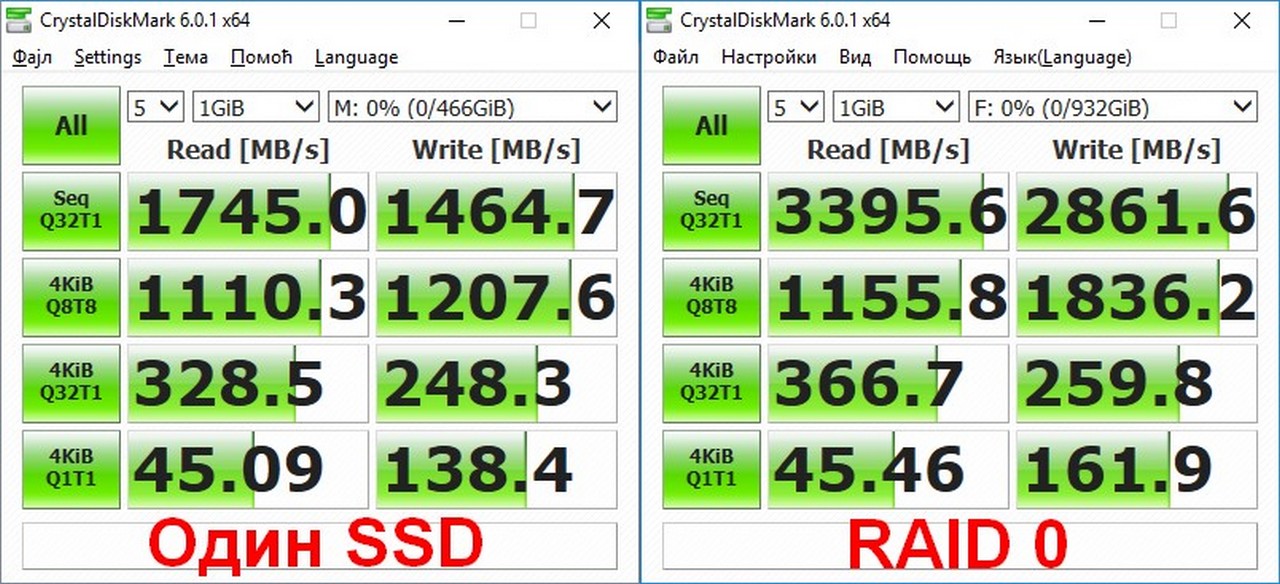 |
Since we used two identical WD Blue SN500 SSDs for testing, the RAID speed almost doubled. But if we had two different drives — fast and slow, then the final performance of the array would be only twice the speed of the slow one, because it would become a narrow "bottleneck". The tests were carried out in the programs Crystal Disk Mark, ATTO Disk Benchmark, Anvil's Storage Utilities and AIDA64. It is worth noting that in CDM, the speeds are traditionally somewhat higher than in other programs due to different testing algorithms.
 |
So, in CDM, the sequential read speed increased from 1745 to 3395 Mbps (+94%), and sequential write — from 1464 to 2861 Mbps (+95%). And this is already the level of the flagship PCI-E x4 SSDs. Even more interesting is the speed of random reading of the smallest 4K blocks (you can find out in Crystal Disk Mark by clicking "File — Copy" and pasting the resulting text into Notepad). This indicator is also very high for one Blue SN500 — almost 300K IOPS for reading and writing, and after creating the array it grew to 450K, which is even more than for top PCI-E x4 SSDs. However, only the speed of random writing increased, while reading almost did not accelerate.
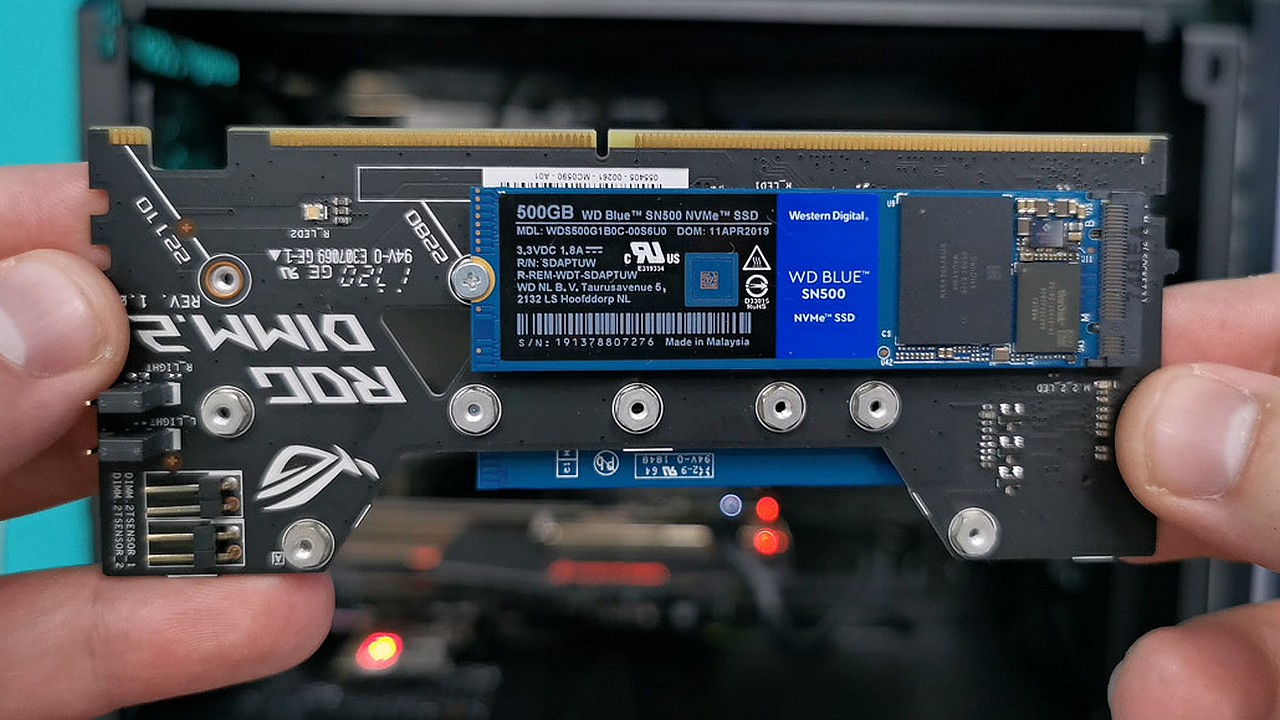 |
Conclusions
As testing has shown, the RAID 0 array, even from two inexpensive solid-state drives, turned out to be significantly faster than any single flagship SSD in a number of important indicators. So who in fact might need such a RAID array? The first are professional video editors of 4K video and the gradually gaining popularity of the 8K format. To speed up the installation process, they need not so much a capacious, but a very fast disk for caching. The second are programmers of database management systems (DBMS). After all, as you know, databases are a myriad of small files, and only RAID from SSD can provide the necessary processing speed. Finally, the third are avid gamers and computer enthusiasts who always try to squeeze maximum performance out of their PCs.
These centrifugal juicers squeeze out juices from fruits and vegetables of any hardness.
TOP laptop mice with a wire that will never get old.
A wireless replacement for archaic wired telephones for landlines.
What's new in iOS 13 and how will iPhones change with the new build of the system?
When choosing a stationary blender, pay attention to the volume of the bowl, materials, number of nozzles, etc.

















